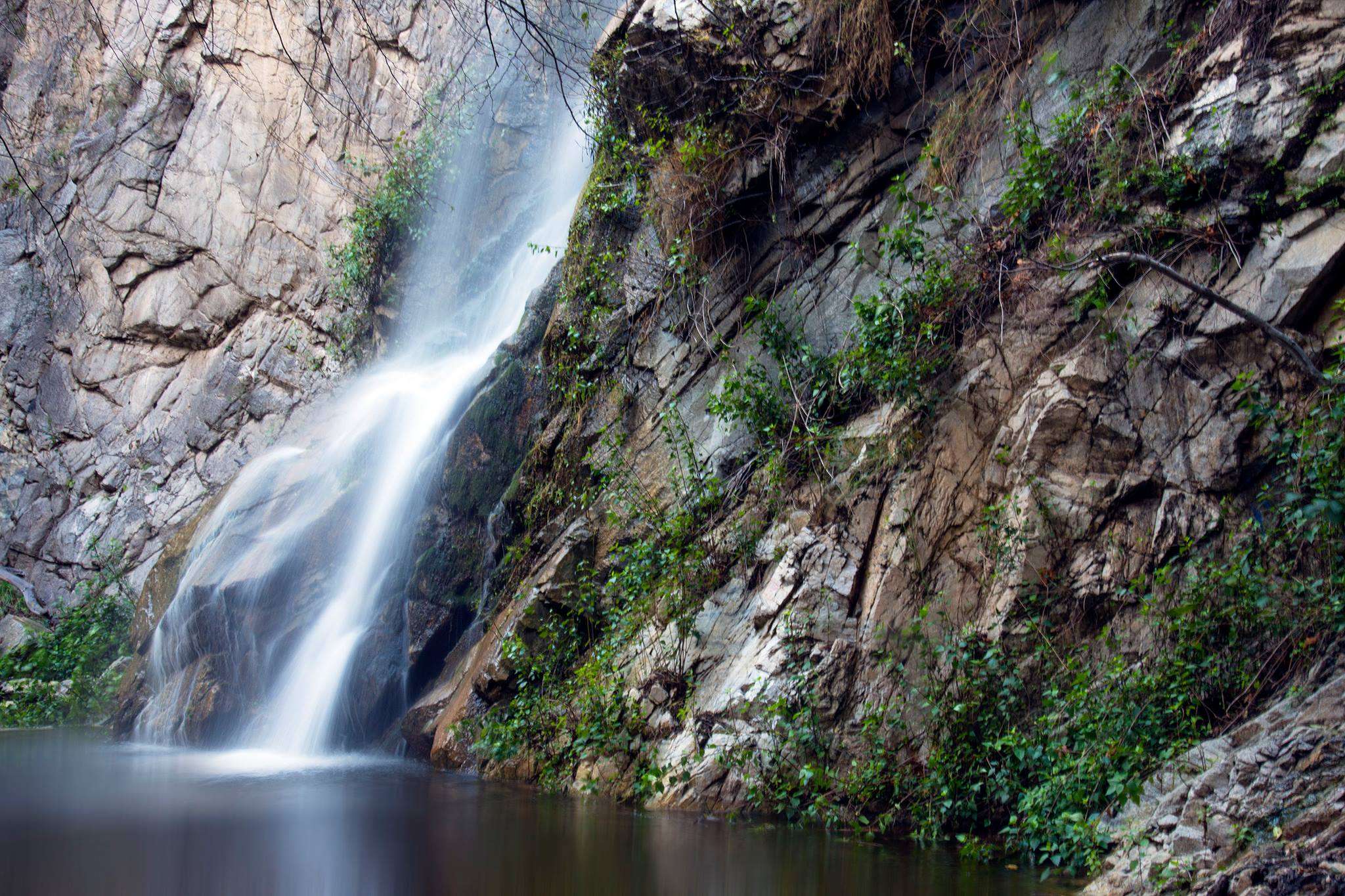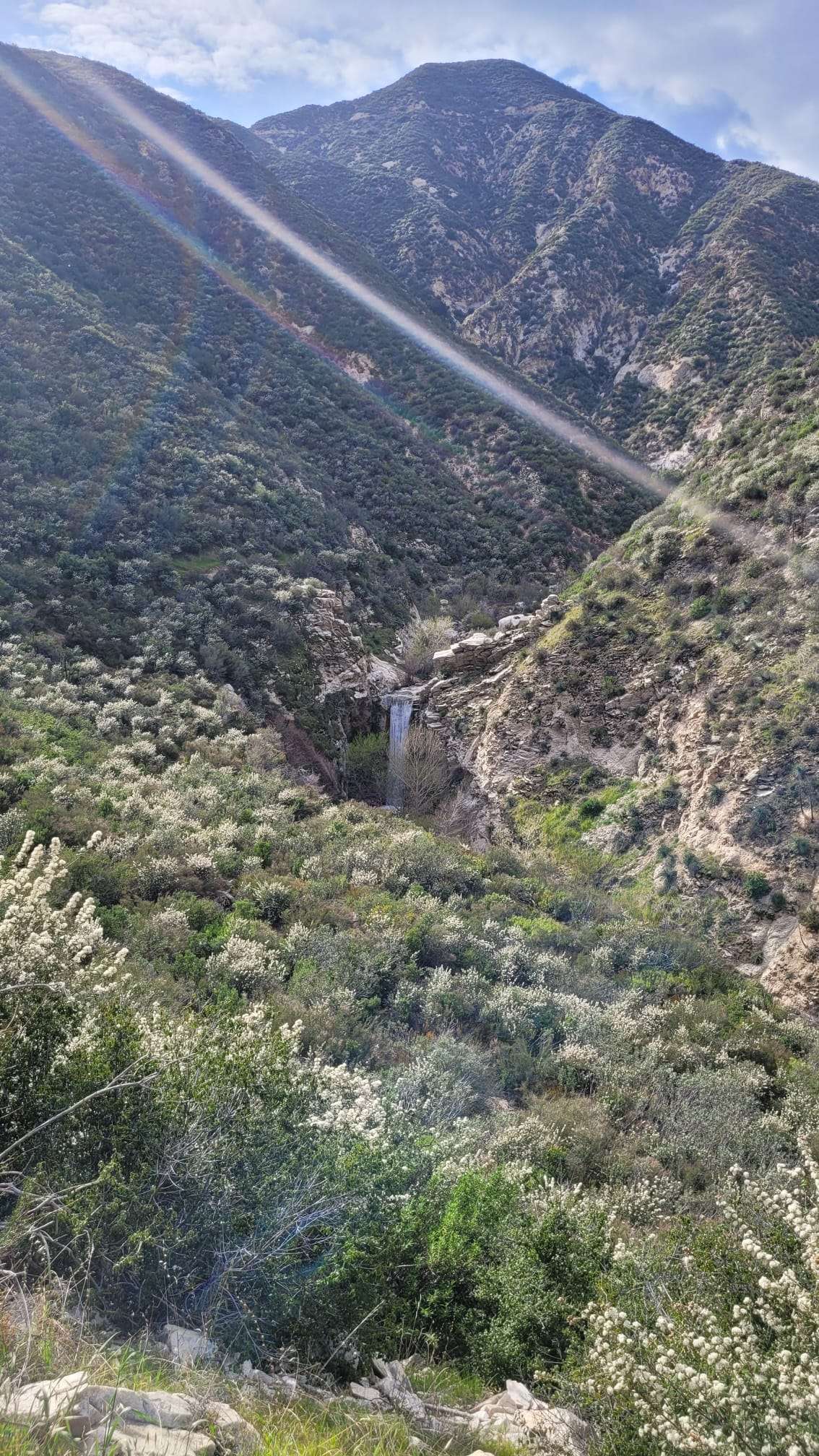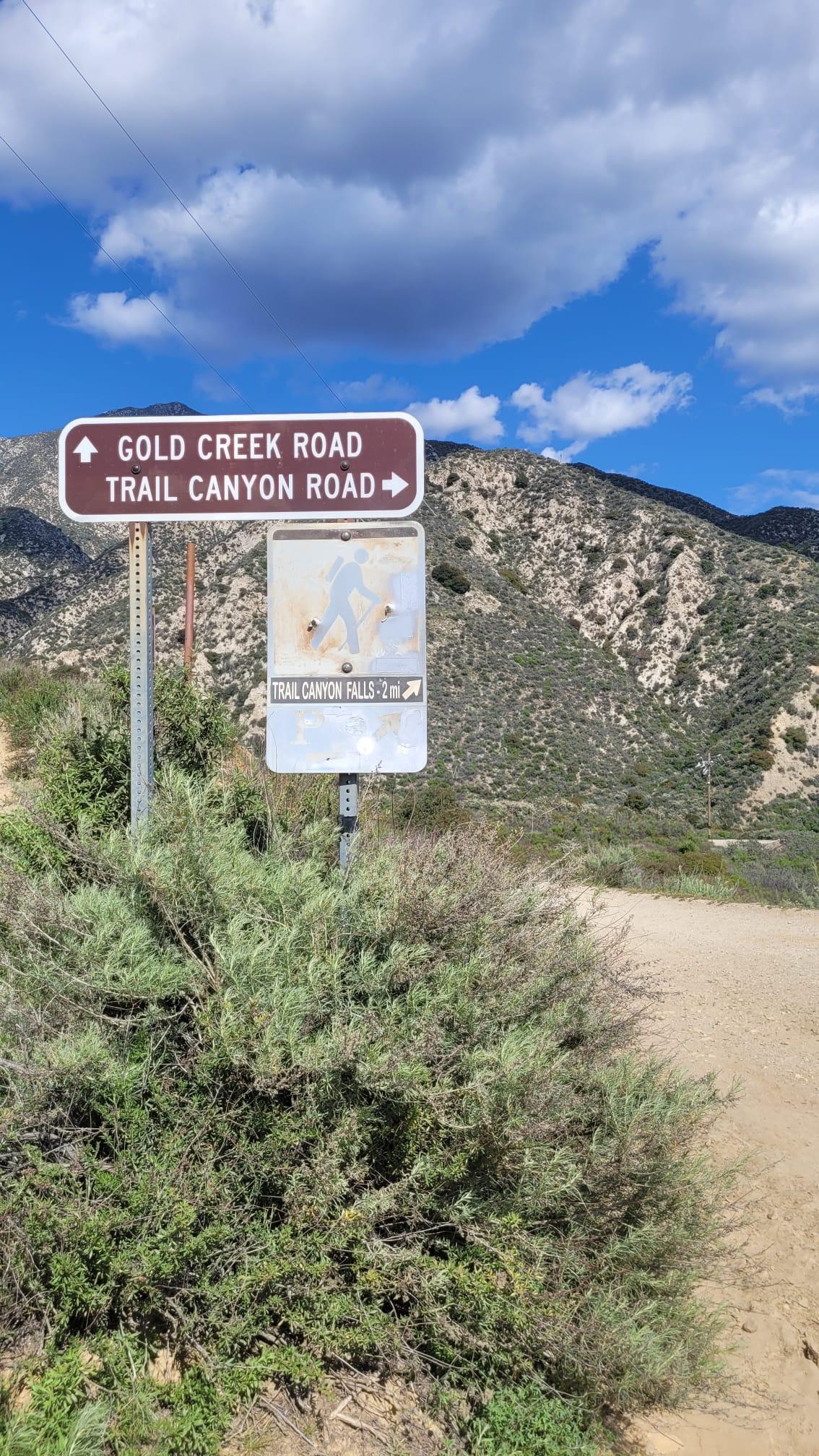Angeles National Forest by metro offers a unique way to experience nature near Los Angeles. While not directly accessible by public transit, combining metro and bus services can get you close to this vast wilderness. This guide explores transportation options, hiking trails, accessibility features, and costs associated with visiting Angeles National Forest using public transportation. Despite challenges, it’s possible to enjoy the forest’s beauty without a car.
What Are the Public Transportation Options to Angeles National Forest?

Reaching Angeles National Forest via public transportation requires a combination of metro and bus services:
- Metro Gold Line:
-
Take the Metro Gold Line to Arcadia Station, the closest metro stop to the forest.
-
Bus Transfer:
- From Arcadia Station, transfer to Foothill Transit bus lines.
-
Foothill Transit Bus 187 towards Azusa is one option, though it doesn’t enter the forest directly.
-
Alternative Routes:
- Use Metro Silver Line or other bus services to San Gabriel Valley.
- Transfer to local buses that get closer to the forest boundaries.
Note: These routes may require multiple transfers and additional walking or transportation to enter the forest.
How Can Hikers Access Trails from Public Transit Stops?

Accessing hiking trails in Angeles National Forest from public transit stops can be challenging:
- Limited Direct Access: Most trails aren’t directly reachable by public transportation.
- Additional Transportation: You may need to use taxis or ride-sharing services from the nearest bus stops.
- Popular Trail Areas:
- Chantry Flats: Offers several trails but requires additional transportation from bus stops.
- Arroyo Seco Trail: Moderate 2-mile trail, not directly accessible by public transit.
- Mount Wilson Trail: Longer, more challenging trail, also requiring additional transportation.
What Amenities Are Available at Trailheads?
Trailhead amenities vary but often include:
- Parking areas (for those with cars)
- Restrooms
- Picnic areas
- Information boards
However, these amenities are typically not accessible without a car.
What Are the Accessibility Features and Conditions for Public Transit Users?
Visitors using public transit to access Angeles National Forest may face several challenges:
- Limited Direct Access:
- Public transportation doesn’t enter the forest.
-
Additional walking or transportation required.
-
Transfer Points:
- May not always be fully accessible.
-
Challenging for those with mobility issues.
-
Forest Terrain:
- Varied and often rugged.
- Steep trails and uneven surfaces.
- Difficult for visitors with mobility impairments.
What Are the Costs Associated with Using Public Transit to Angeles National Forest?
| Service | Cost | Notes |
|---|---|---|
| Metro One-Way Ride | $1.75 | Includes 2 hours of free transfers |
| TAP Card | Varies | After 3 rides in a day or 11 in a week, additional rides are free |
| GoPass | Free | For K-12 and community college students |
| Additional Transportation | Varies | Taxis or ride-sharing services may be necessary |
Discounts are available for seniors, customers with disabilities, and low-income riders.
How Can Visitors Plan Their Trip to Angeles National Forest by Metro?
- Research Routes:
- Use apps like Moovit or Google Maps to plan your journey.
-
Check Metro and Foothill Transit websites for schedules.
-
Prepare for Multiple Legs:
-
Be ready to combine metro, bus, and possibly other transportation methods.
-
Pack Essentials:
- Bring water, snacks, and appropriate hiking gear.
-
Consider a portable charger for your phone.
-
Allow Extra Time:
- Public transit routes may take longer than driving.
-
Factor in potential waiting times between transfers.
-
Check Forest Conditions:
-
Visit the Angeles National Forest website for current trail conditions and closures.
-
Consider Alternatives:
- Look into guided tours or shuttle services that might offer transportation from metro stops to popular forest areas.
While visiting Angeles National Forest by metro presents challenges, it offers a unique adventure for those willing to plan and be flexible. The combination of urban public transit and natural wilderness creates a memorable experience, showcasing the diverse landscapes accessible from Los Angeles.
References:
1. Moovit App – Angeles National Forest Transportation
2. LA Metro – Fares and Passes
3. Rome2rio – Los Angeles to Angeles National Forest
4. Angeles National Forest Official Website
5. Foothill Transit

